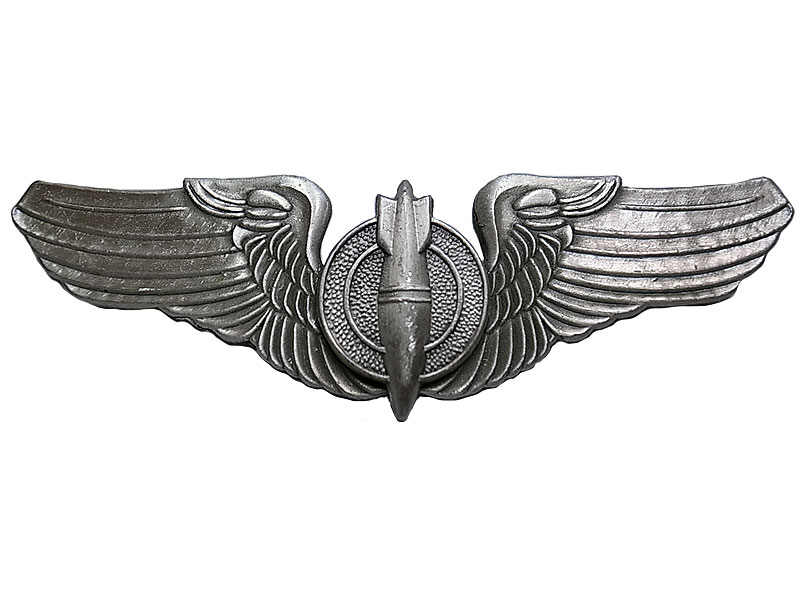



This is a time period that I have always had an interest in, and so I try to keep my eyes open for wings that I suspect are from this period. I wanted to start a thread with some wings from my collection that I believe are from the period just after WWI and just before WWII. Because of this, it is also easy to imagine how rare insignia are from this period. Thus, it is clear that from 1919 to just about 1939 or so, much of the US military aviation was simply a shadow of its WWI peak and only a dream of its WWII glory. Throughout this time period, the US only had the ability to train around 500-1000 new pilots a year. But even this modest increase never came about because adequate funds were never appropriated in the budget and the coming of the Great Depression forced reductions in pay and modernization. The goal eventually adopted was 1,800 airplanes with 1,650 officers and 15,000 enlisted men, to be reached in regular increments over a five-year period.

The lack of funding caused the beginning of the five-year expansion program to be delayed until 1 July 1927. Army Air Corps from 2 July 1926–Jcontinued to decline in number despite congressional authorization to carry out a five-year expansion program. Through most of the late 20's and into the early days prior to WWII, the U.S. By July 1924, the Air Service inventory was 457 observation planes, 55 bombers, 78 pursuit planes, and 8 attack aircraft, with trainers to make the total number 754. Although the leaders of the reorganized Air Service persuaded the General Staff to increase the combat strength to 20 squadrons by 1923, the balloon force was deactivated, including dirigibles, and personnel shrank even further, to just 880 officers. The combat strength of the Air Service was only four pursuit and four bombardment squadrons. By November 22, 1919, the Air Service had been reduced to one construction, one replacement, and 22 flying squadrons 32 balloon companies 15 photographic sections and 1,168 officers and 8,428 enlisted men. However, drastic demobilization of the USAAS was accomplished within a year. Its aircraft inventory consisted primarily of Curtiss JN-4 trainers, de Havilland DH-4B scout planes, SE-5 and Spad S.XIII fighters, and Martin MB-1 bombers. Its personnel strength was 19,189 officers and 178,149 enlisted men. By the end of November 1918, the Air Service consisted of 185 flying, 44 construction, 114 supply, 11 replacement, and 150 spruce production squadrons 86 balloon companies six balloon group headquarters 15 construction companies 55 photographic sections and a few miscellaneous units. (note, much of this information was gleaned from Wikipedia). Lacking the beauty and romance of WWI pattern wings, and the wide and relatively easy availability of WWII vintage wings, this time (IMHO) really represents some of the greatest challenges to wing collecting. I have wanted to start a thread on wings used from 1919 to around 1941.


 0 kommentar(er)
0 kommentar(er)
